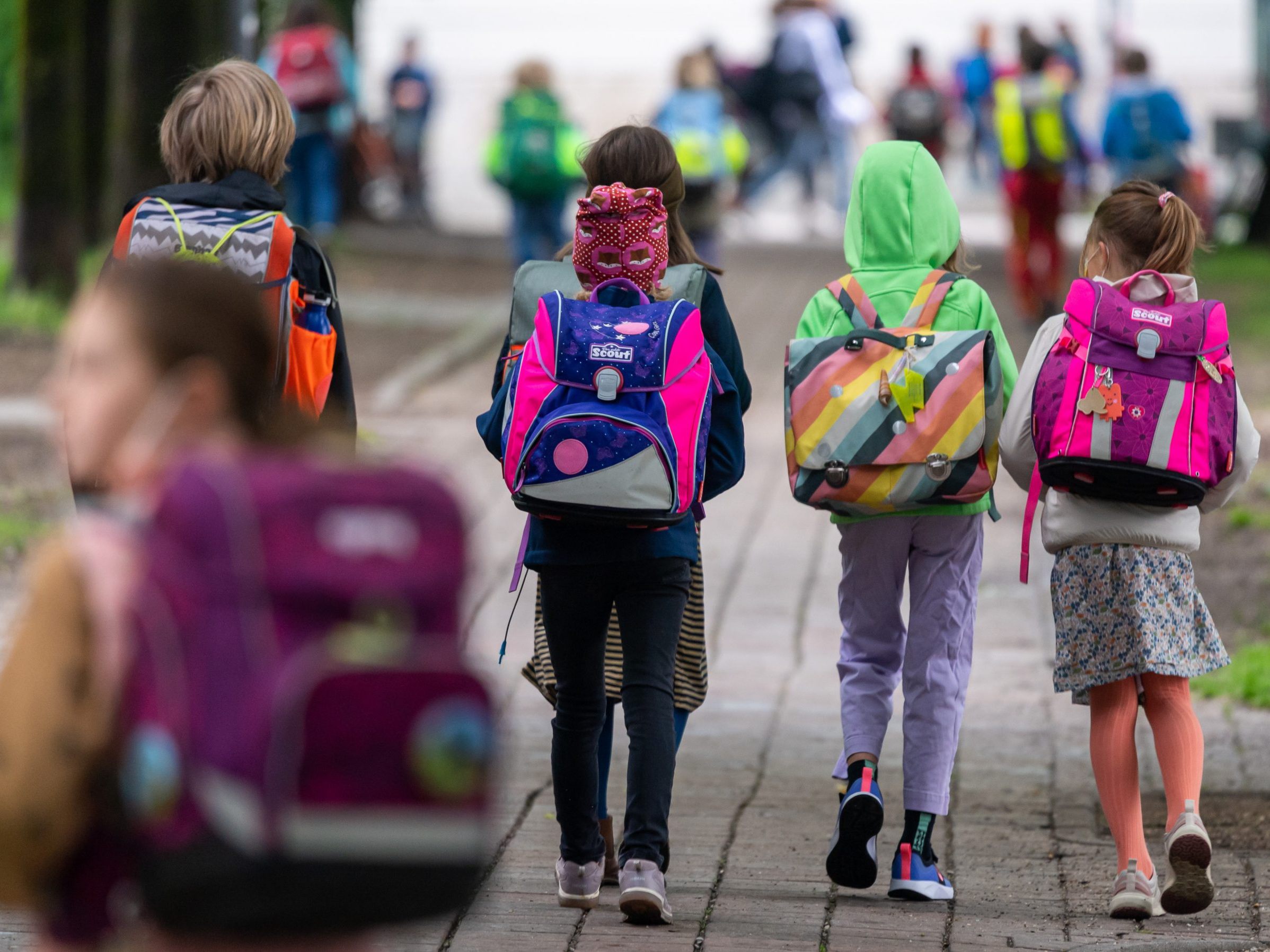With More Diversity in Austria's Classrooms, Better Opportunities for All

The social mix at a school has a strong influence on educational success. The more socially disadvantaged young people are taught at the same location, the lower the chance of graduating with a diploma and the higher the risk of early school leaving. More resources for hotspot schools, as planned by the federal government, can improve learning outcomes and reduce the risk of dropping out, according to two studies presented on Wednesday.
Possible "Opportunity Bonus" from the Federal Government
Claudia Reiter from the Institute for Advanced Studies (IHS) analyzed how the educational outcomes of students differ who attend schools with different socioeconomic mixes but otherwise have the same starting conditions. The social mix was measured using the opportunity index developed by the Chamber of Labor (AK), which takes into account the educational level of the parents and the students' language of communication. The federal government also plans to distribute more resources to disadvantaged locations through such an "opportunity bonus" in the future.
High Social Disadvantage Reduces Students' Opportunities
Although personal risk factors are decisive for educational careers, Reiter emphasized at an online press conference by "Diskurs. Das Wissenschaftsnetz". At schools with high social disadvantage, the likelihood of completing only compulsory education is higher for everyone than at locations with a lower opportunity index. Even high-achieving young people have a lower chance of graduating with a diploma after attending a middle school with high disadvantage. Conversely, children and young people benefit from a favorable school environment regardless of their own background. "Those who learn in a supportive environment benefit, in a burdened environment the risk increases - this was clearly evident in the results."
Early Division of Children Significantly Fuels the Effect
The structures in Austria, with the early division of children into middle school and AHS at the age of ten, further exacerbate this social inequality. Children from disadvantaged families often end up in schools with high support needs, but are particularly vulnerable to their negative effects. Young people from more privileged families, on the other hand, are significantly more successful even when attending a school where many young people have parents with low education and speak a language other than German.
Additionally: "On a societal level, we see that greater mixing would clearly have a positive impact on the educational level of the entire population," said Reiter.
Better Equipment Makes Disadvantaged Locations More Attractive
According to Philipp Schnell from the Austrian Institute for Vocational Education Research (öibf), it can also lead to better social mixing in schools if locations with special challenges receive more staff and better equipment. "Then it will indeed become an attractive location for parents from the middle class and higher," he referred to results mainly from qualitative studies from other countries.
Evaluation studies from other countries have also shown that the learning environment there, and thus the grades and test results of the students, have improved as well as their psychological well-being, motivation, and social skills. Additionally, the risk of dropping out of school has been significantly reduced.
Needs-Based School Financing as a Solution - Also for the Budget
According to Schnell, needs-based school financing would pay off not only pedagogically but also economically - and this is particularly relevant in times of tight budgets. In Austria, according to Reiter's study, about one-third of young people in middle schools in difficult situations leave the education system prematurely, which is three times as many as the Austrian average. According to a study cited by Schnell by sociologist Johan Bacher, early school leavers aged 18 to 24 in this country incur fiscal costs of 460 million euros per year.
In Belgian Flanders, for example, after the introduction of needs-based school financing, the number of early school leavers in schools in difficult situations was halved. If this could also be achieved in Austria, according to Schnell, the costs for the state would be reduced by half in the medium term. If the number of early school leavers is reduced by only a quarter, costs decrease by 25 percent. The savings would thus exceed the expenses for the opportunity index within four or eight years.
To distribute educational opportunities more fairly in the future, according to IHS researcher Reiter, in addition to an opportunity index, a well-thought-out school planning that better promotes social mixing and more permeability between school forms is needed.
(APA/Red)
This article has been automatically translated, read the original article here.





